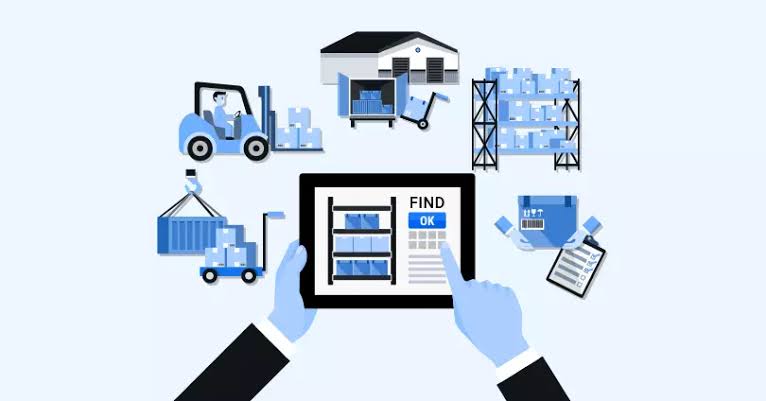In the context of supply chain management, the terms “Inventory Management System” (IMS) and “Warehouse Management System” (WMS) refer to two separate but connected ideas. There are significant contrasts between the two, despite the fact that they both entail the management of commodities and resources. The following is a guide that will help you identify the differences between a warehouse management system and an inventory management system:
Scope
In most cases, the objective of an inventory management system is to manage the flow of goods and resources included in a company’s inventory. This may involve tracking inventory levels, stockouts, reordering, and restocking, among other activities. It is concerned with the management of stock at various phases, ranging from the acquisition of stock through its storage and ultimately to its sale.
A warehouse management system, on the other hand, is mainly concerned with the management of the physical components of a warehouse. This includes the organization and optimization of warehouse space, the management of picking, packing, and shipping procedures, and the tracking of inventory movements inside the warehouse itself.
Inventory tracking, stock alerts
Demand forecasting, order management, and reporting are some of the functionalities that are often included in an inventory management system. Companies are able to get visibility into their inventory levels, automate their reorder points, and streamline their inventory processes with the use of this technology.
On the other hand, the warehouse management system consists of components such as the design of the warehouse layout, the optimization of slotting, the management of labor, the fulfillment of orders, and the management of transportation. Its primary goals are to improve the efficiency of order fulfillment and maximize the flow of items physically contained inside the warehouse.
Integration
An inventory management system (IMS) is typically connected with other business systems, such as procurement, sales, and accounting, in order to offer a holistic picture of inventory across the whole supply chain. This allows for more accurate forecasting and decision-making. It is helpful in ensuring that the quantities of inventory are in sync with the demand and the operations of the firm.
The Warehouse Management System, on the other hand, is generally connected with other logistics and supply chain systems, such as transportation management systems and order management systems, in order to enable successful order fulfillment and a seamless movement of items inside the warehouse.
Scope of Operations
Inventory management systems often deal with managing inventory across several locations, such as warehouses, distribution centers, and retail shops. It may also entail managing numerous categories of inventory, such as raw materials, work-in-progress, and finished items. Examples of these locations and types of inventory include warehouses, distribution centers, and retail stores.
On the other hand, a warehouse management system is targeted primarily at the management of the physical components of a warehouse and the optimization of the operations within it.
Level of Automation
In comparison to inventory management systems, warehouse management systems often entail a higher level of automation in their daily operations. It is possible that it will incorporate functions designed to increase the warehouse’s efficiency and accuracy, such as robotic picking and packaging systems, automated material handling systems, conveyor belts, and so on.
On the other hand, an inventory management system could require more manual activities, such as stock counts and order selection, both of which are done by hand.
Although the management of products and materials is a component of both the inventory management system and the warehouse management system, these two systems are distinct from one another in a number of important respects, including their primary emphasis, functionality, degree of integration, scope of activities, and level of automation.
Managing inventory levels and movement across various sites is the primary objective of inventory management systems, whereas the primary goal of warehouse management systems is to optimize the physical activities that take place within individual warehouses. Managing the supply chain and making sure operations run efficiently are both extremely important roles, but the two systems are very different in terms of the breadth of their responsibilities and the functionality they provide.







